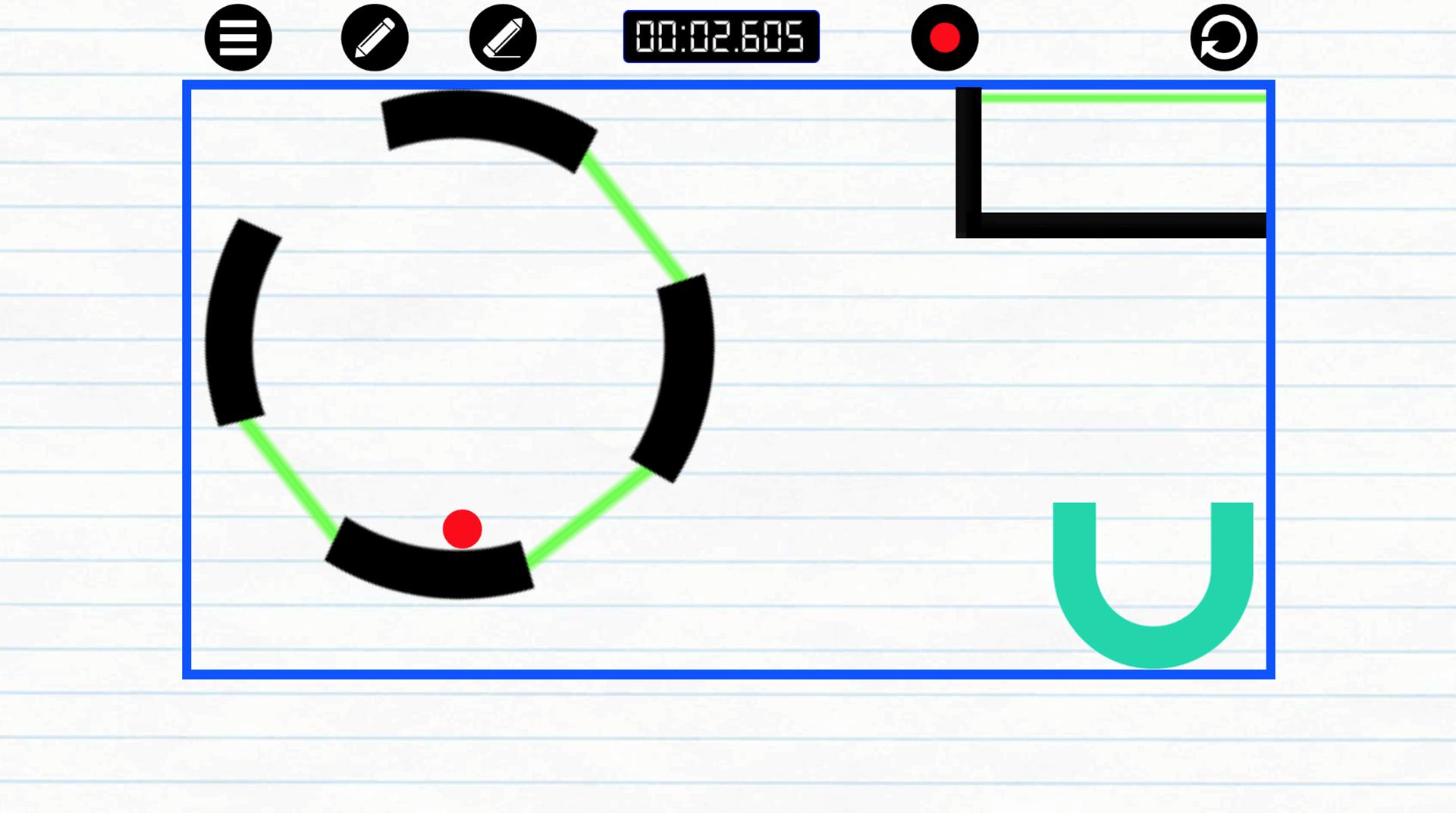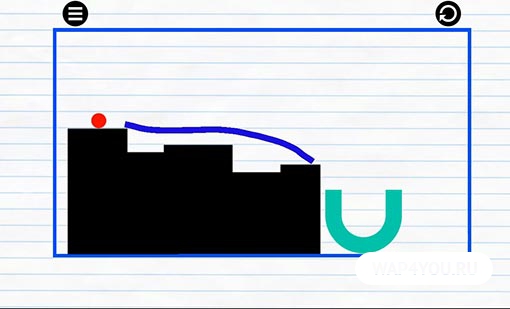

If I reduce the size by just a fraction I get that error. It feels like you're holding the object and if you "squeeze" it into other objects or a solid wall it feels like you're doing so.Īre you sure? I tried again and 5cm seems to be the absolute minimum I can do with the 2d box collider.

It feels very realistic in Little Inferno and I want to replicate that. But I'm of course hoping someone here already has some experience to share with me. For example use a hinge joint when the object you're dragging isn't colliding with anything and switch to a spring joint when you detect a collision, or something like that. I was thinking I need to use more than just one joint to simulate the behavior seen in Little Inferno. Why is that? Must I use a bigger scale and higher gravity if I want to simulate small physics objects in Unity?

In the 10x10cm scene there are massive gaps between each block and everything looks rather wonky. In the attached project there's one scene where each block is 10x10cm and one scene where the blocks are 100x100cm. I've attached my entire project so you can see for yourself if you bother to take a look.Īnd I'm not sure if PhysX can handle small objects, <10cm, or if there are settings I have to tweak for it to do so. I'm not sure if that's a PhysX problem or what. I can fiddle with the dampening and frequency of the spring joint, but it's far too springy no matter what I do.Īnother problems is that the rigidbodies themselves behave like they're made of jello. If I drag the hinge joint through a solid wall the attached rigidbody just goes straight through the wall as if it wasn't there. I can't use a hinge joint in Unity because the connected rigidbody doesn't respect collisions. In Little Inferno it is rigid like a hinge joint when you drag the object around, but behaves like a soft spring joint if you drag the object through another object or against a wall. My main problem is that the spring joint is way too springy no matter what settings I use. Why does that happen? Again, because of air resistance.Using a spring joint gets me 90% of the way there, but there's no way to fix the last 10%. Or at least that's what science says! If you try to perform an experiment, you'll notice that, in reality, the brick falls to the ground first. If you drop a feather and a brick, they will hit the ground at the same time. It means that with each second, the falling body travels a substantially larger distance than before.Īnother interesting fact is that according to the free fall formula, the distance does not depend on the mass of the falling object. You can immediately see that the object distance traveled is proportional to the fall time squared. V = v 0 + gt \text v = \text v_0 + \text \text g \text t^2 s = v 0 t + 2 1 g t 2 From the definition of velocity, we can find the velocity of a falling object is:


 0 kommentar(er)
0 kommentar(er)
